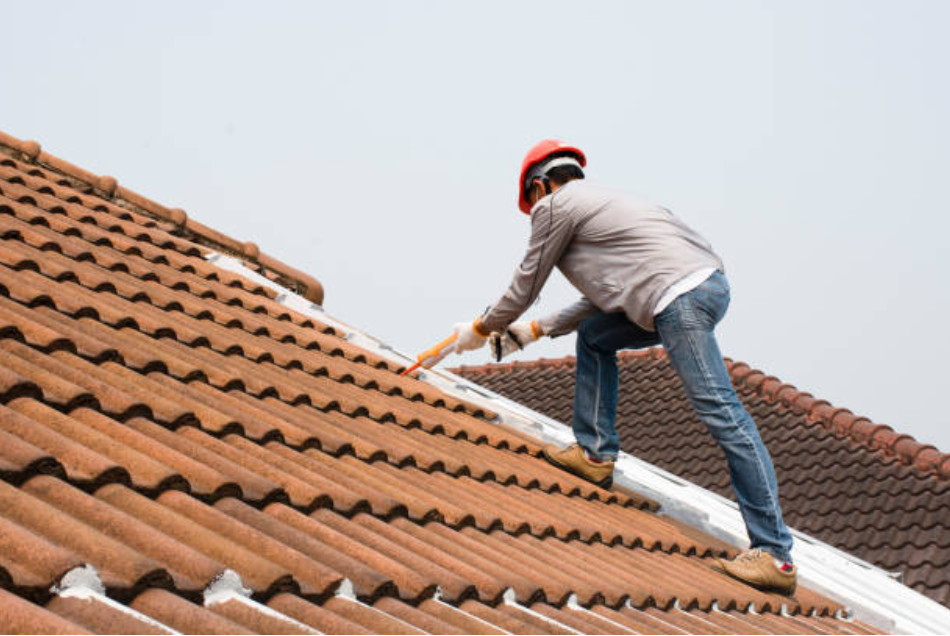As a householders, people frequently neglect an important factor of our properties: the roofing. However, understanding the aspects and duration associated with maintaining and replacing roofs is vital in protecting our properties. The roof market has evolved significantly in recent times, presenting innovative materials, innovative solutions, and sustainable options which can improve the longevity and efficiency for roofing. With guidance from professionals, this article is designed to help homeowners about all aspects of roofing, from identifying when a new roof is necessary to managing the challenges of installation and repairs.
Whether you're asking yourself the lifespan of your existing roof or if you are debating the benefits of different roofing materials, this comprehensive guide will discuss the fundamental elements of roofing upkeep and renewal. This guide will examine common roofing problems, the pros and cons of professional versus DIY repairs, and look into the newest trends and advancements that are influencing the future of roofing. Armed with accurate information and professional guidance, you can make informed choices that protect both your home and property but also potentially increase its value.
Roofing Re-roofing Fundamentals
Understanding the time it's appropriate for a roof renewal is crucial for homeowners. Various indicators can signal that a new roof is required, such as the roof's age, visible wear and tear, and the existence of leaks. Typically roofs have a service life of 15 to thirty years depending on the material used. Routine check-ups can assist detect potential issues in advance, allowing owners to address them before they escalate into expensive repairs or replacements. Being proactive about roof maintenance can greatly extend the lifespan of your roof.
Choosing the appropriate roofing material for your house is another essential aspect of the re-roofing process. Various materials not only vary in cost but also in durability, maintenance needs, and energy efficiency. Asphalt shingles are favored due to their cost-effectiveness, while metal roofing offers considerable longevity. Tile and stone roofs are aesthetically pleasing and can provide excellent insulation but are usually pricier. It's vital to weigh the pros and disadvantages of materials to find the most suitable option for your requirements and financial situation.
When the decision to replace a roof is decided, understanding the expectations during the setup process is important for a seamless experience. Homeowners should prepare for the disruption of their daily routines as roofing work typically involves tearing off the old roof and installing new materials. Communication with the roofing contractor can help mitigate any surprises. It's also wise to inquire about warranty options and inquire about adequate maintenance following installation to guarantee the durability of the new roof.
Roof Restoration and Care
Maintaining a top of the house is essential for extending its lifespan and ensuring the security of your home. helpful resources should be performed to identify any evidence of damage, such as shingles that are not secure, breaks, or tiles that are absent. Homeowners should be vigilant in observing their roofs, especially after harsh weather conditions. Establishing a maintenance plan can help detect minor issues before they become larger into expensive fixes.
Repairing common roof troubles can typically save homeowners considerable financial burdens down the path. Issues like small leaks, broken shingles, or buildup of debris can usually be handled with easy solutions. However, knowing when a fix is sufficient versus when a full substitution is required is crucial. Householders should speak with professional roofers for detailed evaluations and tailored recommendations based on the exact concerns they’re experiencing.
Effective upkeep extends beyond repairs; it also involves preventative strategies. Regularly cleaning gutters, ensuring proper ventilation in the attic, and trimming overhanging branches can greatly reduce potential harm from weather-related events. By executing these maintenance strategies, property owners can protect their roofs, enhance their strength, and minimize the likelihood of unexpected maintenance charges.
Innovations in Roofing
The roofing industry is witnessing a substantial change with innovations in tech and components, reshaping how we approach roof setups and care. One of the most notable developments is the creation of solar-integrated roofing solutions that smoothly integrate with traditional roofing materials. These systems provide homeowners with the ability to utilize solar energy while preserving the visual appeal of their roofs. This not only contributes to reduced energy costs but also encourages a more eco-friendly way to power homes.

Another noteworthy development is the introduction of smart roofing solutions equipped with detection systems that assess the structural soundness of roofs in real time. These smart systems can recognize leaks, thermal shifts, and possible issues, providing homeowners with critical information for timely repairs. This preventative approach to roof maintenance can lengthen the lifespan of roofs and reduce long-term costs associated with surprise maintenance or upgrades.
Additionally, new compositions are being engineered to boost resilience and energy performance. Advanced synthetic materials and reflective coatings are becoming popular choices due to their ability to withstand extreme weather conditions while minimizing heat absorption. This not only cuts down utility costs but also lessens the environmental impact of roofing. As these innovations continue to come forth, homeowners will have more options than ever to choose roofs that not just safeguard their homes but also support their principles for eco-friendliness and efficiency.
